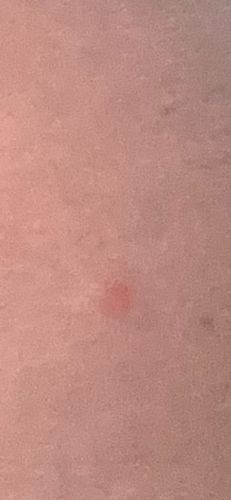Chigger (Larval Mite)
Scientific Name: Various species within the Trombiculidae family (e.g., Trombicula alfreddugesi)
Order & Family: Order: Trombidiformes, Family: Trombiculidae
Size: Larvae (the parasitic stage) are microscopic, typically 0.2 to 0.4 mm long. Adults are larger, up to about 1 mm.

Natural Habitat
Chiggers are commonly found in grassy fields, forests, gardens, and other vegetated areas, especially in warm, humid conditions. They are often found on perennial plants, tall grasses, and weeds.
Diet & Feeding
In their larval stage, chiggers feed on dissolved skin tissue of vertebrates. As nymphs and adults, they are predatory, eating small arthropods and their eggs.
Behavior Patterns
Chiggers (larvae) attach to hosts (humans, animals) using their mouthparts, often at points of constricted clothing. They typically feed for a few days, injecting digestive enzymes that break down skin cells, which they then ingest. They do not burrow into the skin nor do they suck blood. After feeding, they detach and drop to the ground to molt into nymphs and then adults. Adult chiggers are predatory.
Risks & Benefits
Potential risks include intensely itchy red welts (chigger bites) which can cause discomfort and secondary infections due to scratching. While chiggers in some parts of the world can transmit scrub typhus, this is not typical for species found in North America. They generally offer little direct benefit to humans, but as predators in their adult and nymph stages, they contribute to controlling populations of other small arthropods in their ecosystem.
Identified on: 9/4/2025